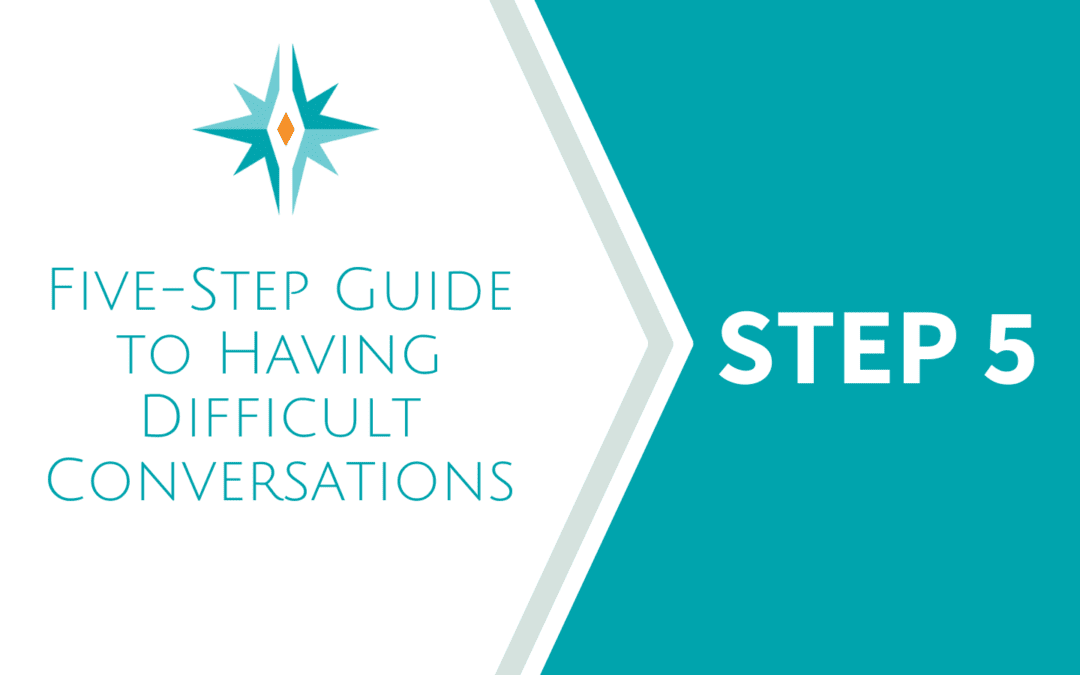Step Five: Say It, Then Wait
Let’s recap all the steps covered in my last four newsletters:
- Unpack the fear
- Discern between fear fact and fear fiction
- Do your job
- Don’t be sorry
This final step of my five-step guide highlights the importance of holding space for the other person to speak. If you’ve made the courageous choice to communicate your honest thoughts with respect and candor, it is essential to give the other person the opportunity to process and respond to your comments. To honor rather than fill silences.
Expect to be heard when you’re speaking (interruption and over-talking is a no-no), then let your comments sink in. If you don’t get a response right away and you’re uncomfortable with the silence, ask whether the other needs time to process.
“All profound things and emotions of things are preceded and attended by silence.”
~Herman Melville
Silence isn’t something people necessarily know what to do with, and the tendency to avoid it is common. Getting comfortable with it may be a tall order, but one worth exploring. The first step may be to raise your awareness around it. Notice how often you allow yourself to sit in silence. Do you always need background music or television noise? Learning about your own relationship with silence can inform how you conduct yourself in interactions with others.
The Science of Silence
In 2015, the National Institute of Health published the results of a study on how different types of noise and silence affected the brains of mice. Although silence was intended to be the control in the study, the researchers were surprised to discover that when the mice were exposed to two hours of silence each day they developed new cells in the hippocampus—the region of the brain associated with memory, emotion and learning.
They discovered that silence supports brain growth.
Keep this in mind the next time you’re having an awkward conversation. Allow moments of silence where you can give the other person the opportunity not only to process what has been said, but to formulate their thoughts and comments.
A 2018 article in Psychology Today said, “To be silent in someone else’s presence is a mark of trust. We know this to be true in other relationships; mature romantic relationships are marked by the ability to simply be in the beloved’s presence. To be alone and silent with someone else is to take them seriously as an independent person.”
There are few things more maddening than engaging in any type of discussion with someone who interrupts or “over-talks”—speaks over your words before you’ve finished speaking. Besides being dismissive and disrespectful, it’s downright rude. In any conversation, it is essential to hold space and offer silence when someone else is speaking. Let the other’s comments sit in an untouched pause. If you’re uncomfortable with it, you might ask, “Have you finished your thought? I don’t want to interrupt you.” If you’re speaking and the other person begins talking over you, say, “I want to hear your thoughts, but please let me finish.”
Or, my personal favorite, “I’m almost finished, so please hold your thoughts until then.”
Practice: Dedicate a small chunk of time each day to silence. Notice what feelings it stirs up and jot down your thoughts. See if you can slowly increase the number of “silent windows” in your daily life. Eventually, experiment with integrating short silences in your conversations with others and see how that manifests in the quality of communication.
I hope these five steps have helped raise awareness around potential communication knots and offered some actionable strategies you can use the next time you want to avoid an interaction. As always, I welcome any thoughts or ideas you may want to share by email.
If you’d like to schedule a discovery call to discuss how I can help you or your team, click here.


Recent Comments